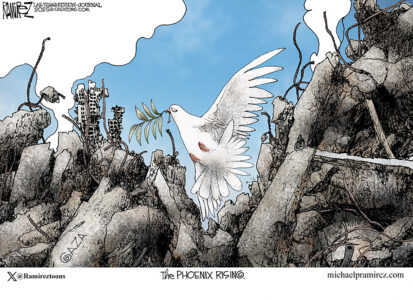Don’t be too quick to discard those fall leaves
It’s autumn and area forests are replete with blazing colors and, of course, falling leaves.
Speaking of leaves, what should a person do with them?
The initial urge might be to rake them into bags, but that’s not necessarily the best option for nature.
According to the National Wildlife Federation, leaves form a natural mulch that suppresses weeds and fertilizes the soil as it breaks down.
Removing leaves also gets rid of valuable wildlife habitat.
How is that possible?
You might not see them, but many moth and butterfly caterpillars spend their winter in fallen leaves before emerging in spring. Animals such as mammals and songbirds use leaf litter for food, shelter and nesting material as well. That dried-up leaf might not look tasty to you, but it might to another creature.
In an interview with the Christian Science Monitor, Dr. Thomas Nikolai, a specialist in Michigan State University’s plant and soil science department, said mowing leaf-covered grass breaks leaves into small pieces that enrich the soil.
If you are worried about an excessive amount of leaves smothering your lawn — and it’s best not to leave thick layers of leaves on grass, says some gardening experts — or you just want to tidy it up a bit, remember that mowing is a good option.
MSU Extension says that MSU research has shown that mulching leaves back into the grass means a faster spring green-up using less fertilizer — and fewer weeds.
It recommends setting a mower at its highest setting and mowing as usual, and then mowing again in the other direction making a cross-cross or 90-degree pattern.
It should be noted that the city of Marquette, for example, collects brush, leaves, grass clippings and garden debris in the fall. All collected materials will be composted.
Autumn leaves have the obvious benefit of providing spectacular beauty and color, but they also have the not-so-obvious benefit of being good for the environment.



